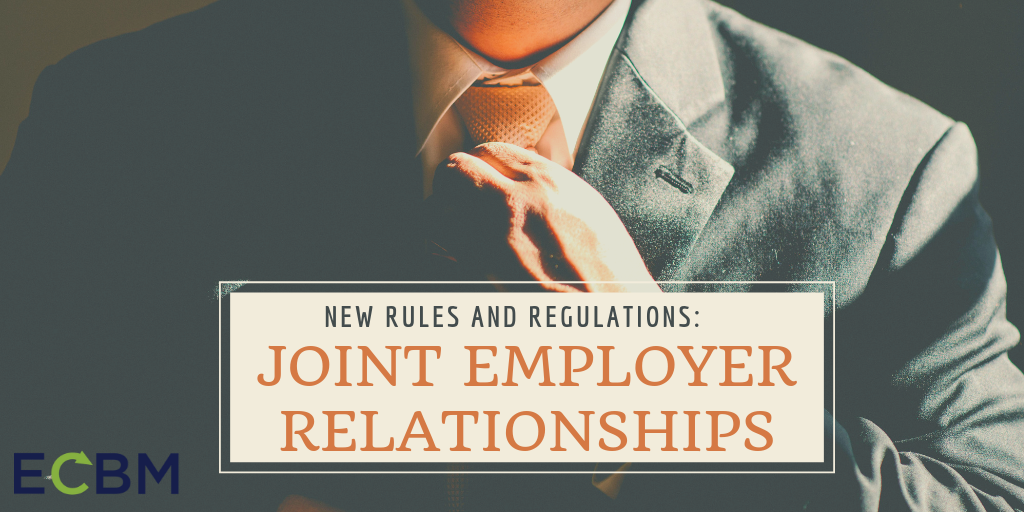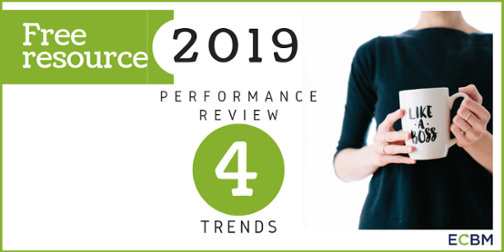 On April 1, 2019, the Department of Labor proposed a new regulation, and it wasn’t an April Fool’s joke. The new regulation would seek to update the Department’s sixty year old test for determining joint employer relationships under the Fair Labor Standards Act. It is worth noting that this is different from the long running dispute over the joint employer test decided by the National Labor Relations Board as a part of its 2013 Browning-Ferris decision. This new rule would apply to allegations that employers had failed to pay their workers legally obligated wages under the Fair Labor Standards Act. Joint employers would be jointly and severely liable for any ordered back pay.
On April 1, 2019, the Department of Labor proposed a new regulation, and it wasn’t an April Fool’s joke. The new regulation would seek to update the Department’s sixty year old test for determining joint employer relationships under the Fair Labor Standards Act. It is worth noting that this is different from the long running dispute over the joint employer test decided by the National Labor Relations Board as a part of its 2013 Browning-Ferris decision. This new rule would apply to allegations that employers had failed to pay their workers legally obligated wages under the Fair Labor Standards Act. Joint employers would be jointly and severely liable for any ordered back pay.
The Proposed Regulation
The current test allows a finding of joint employment when the employers are “not completely disassociated.” The proposed regulation would replace this analysis and instead institute a four part balancing test. Joint employer status would rest on whether the alleged joint employer actually exercises the power to (1) hire and fire employees, (2) supervise and control the employee’s work schedules and conditions of employment, (3) set the employee’s wages, and (4) maintain the employee’s records. The test is derived from a 1983 decision by the Ninth Circuit Court of Appeals, Bonnette v. California Health & Welfare Agency.
Irrelevant Factors To The Determination Of Joint Employer Status
Interestingly, the new rule also sets out a number of factors it considers irrelevant to the determination of joint employer status. These include franchiser-franchise relationships, the establishment of employment practices such as an employee handbook, and contractual agreements. These concerns seem tailored to business groups who expressed concerns that the National Labor Relations Board’s Browning-Ferris decision would raise joint employer questions in a host of standard business relationships and introduce considerable uncertainty into the labor marketplace.
The Need For Consistent Standards
The rule also follows in the wake of some high-profile litigation in the appellate courts. The Supreme Court, in 2018 denied Certiorari in a case challenging the Department of Labor’s joint employer test under the Fair Labor Standards Act. That case, Hall v. DirectTV, also implicated questions regarding the classification of independent contractors. Both employers and labor advocates have pushed for greater clarity, predictability, and uniformity in this area; the host of different tests for joint employer status depending on the context and jurisdiction complicates matters for everyone. While the new DoL rule seeks to set a consistent standard, it also upset labor advocates who had pushed for a more employee friendly test under the Obama administration.
Employment Related Lawsuits
Changes in this area of law seem to occur monthly these days. Employment related lawsuits are expensive. Employers need to stay up to date on the latest changes and make sure their agreements with their employees, contractors, and other individuals to not needlessly expose them to expensive litigation or labor disputes. Companies should take the time to make sure their policies limit their exposures as much as possible in light of the applicable law and regulations.


